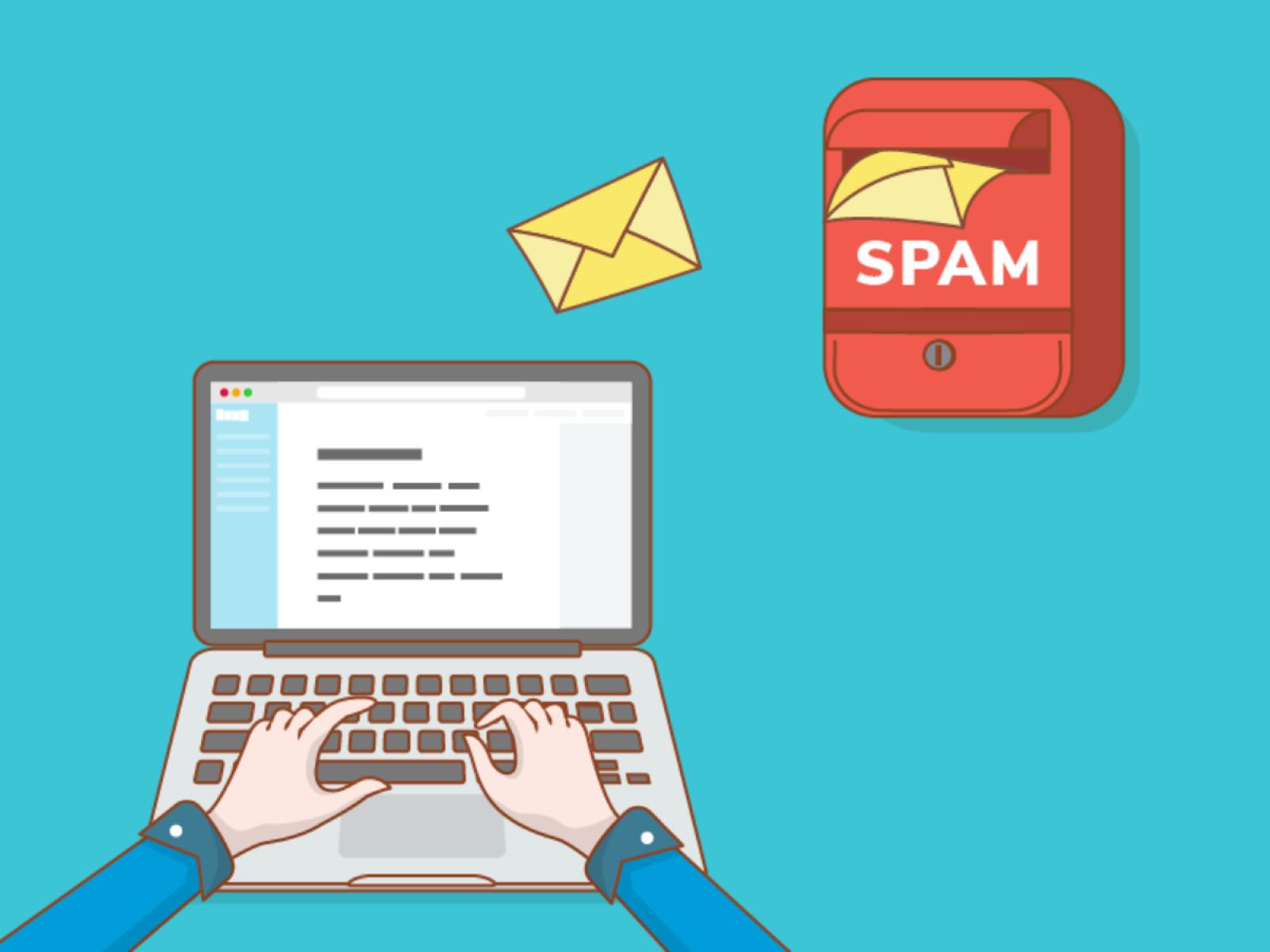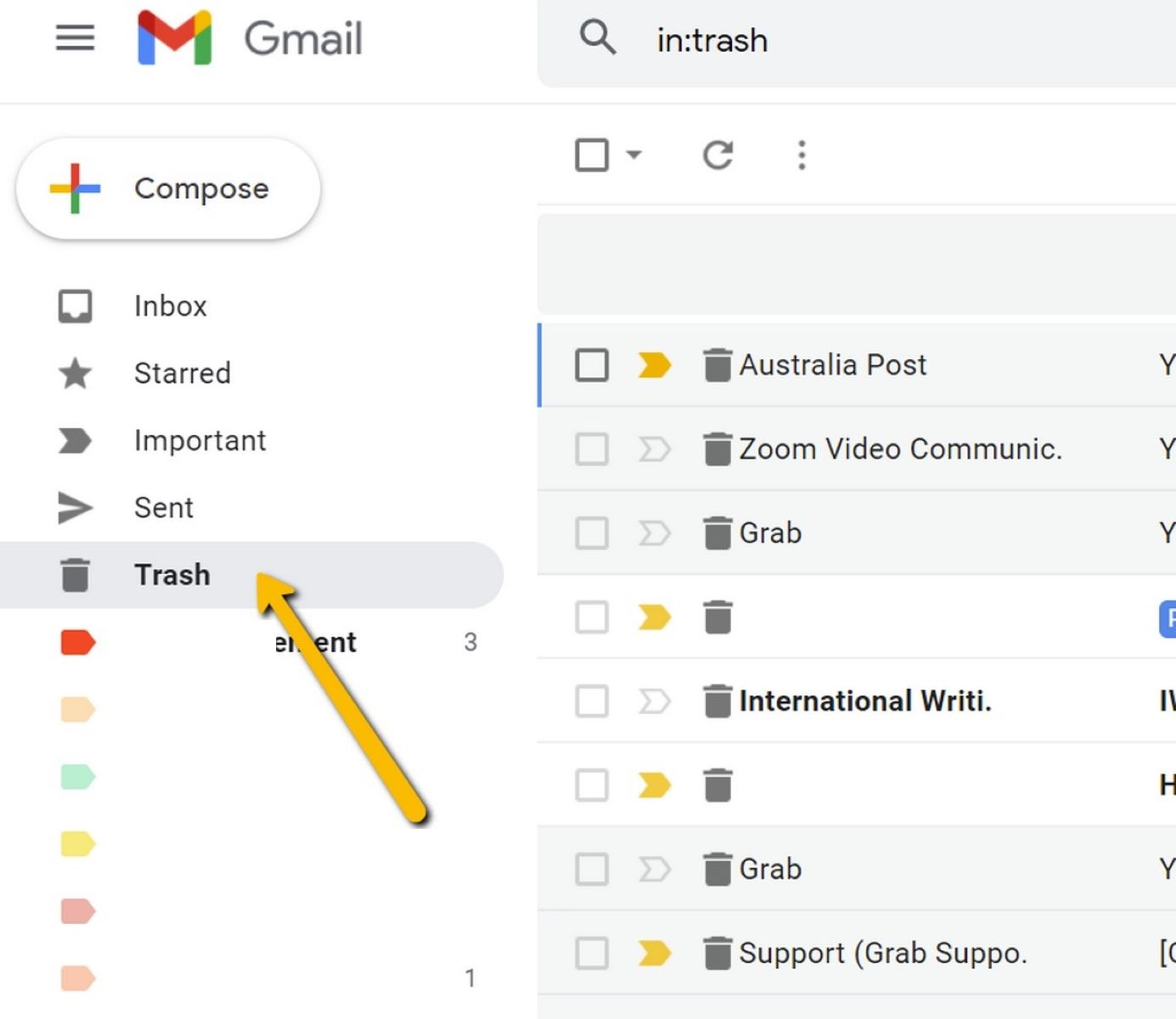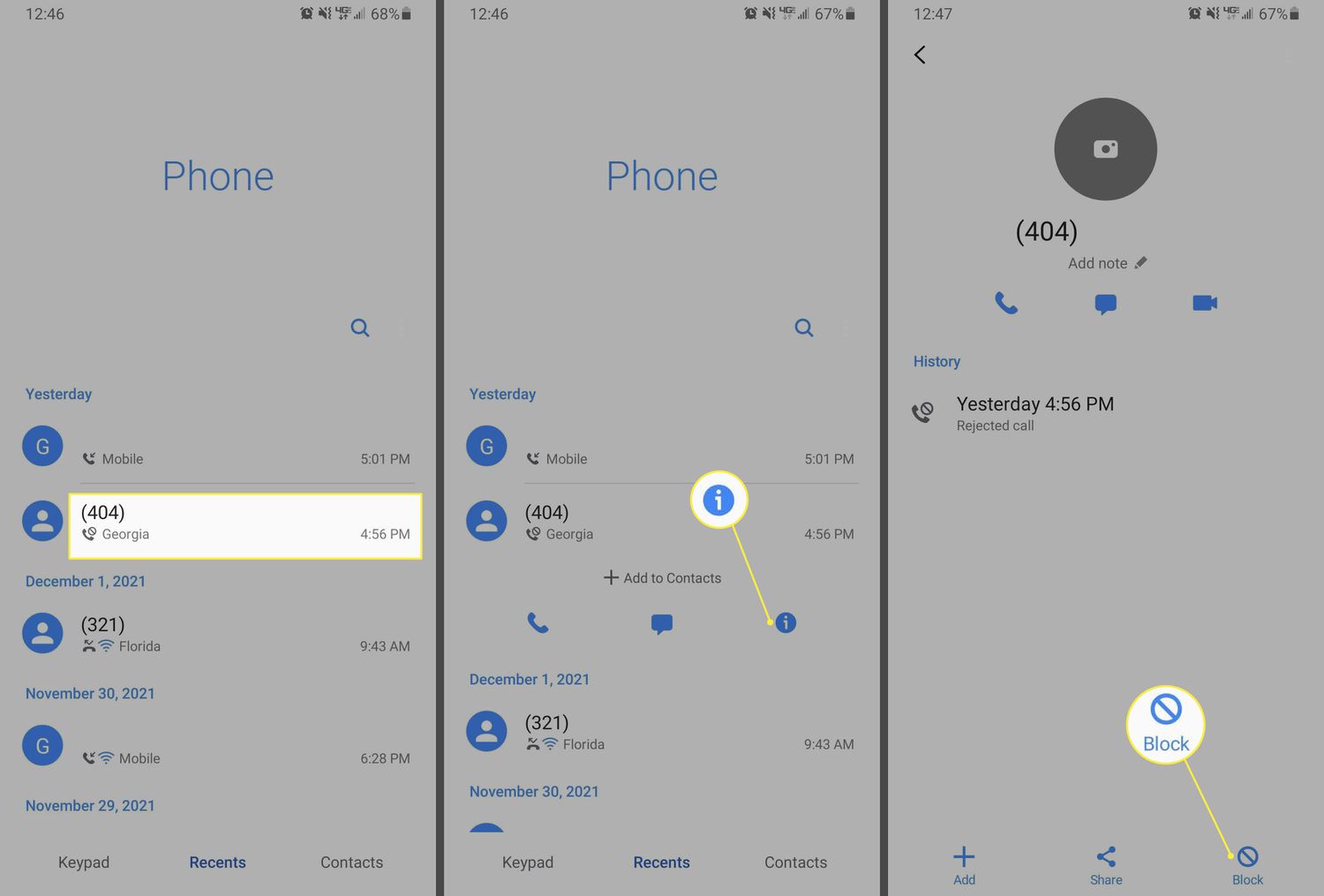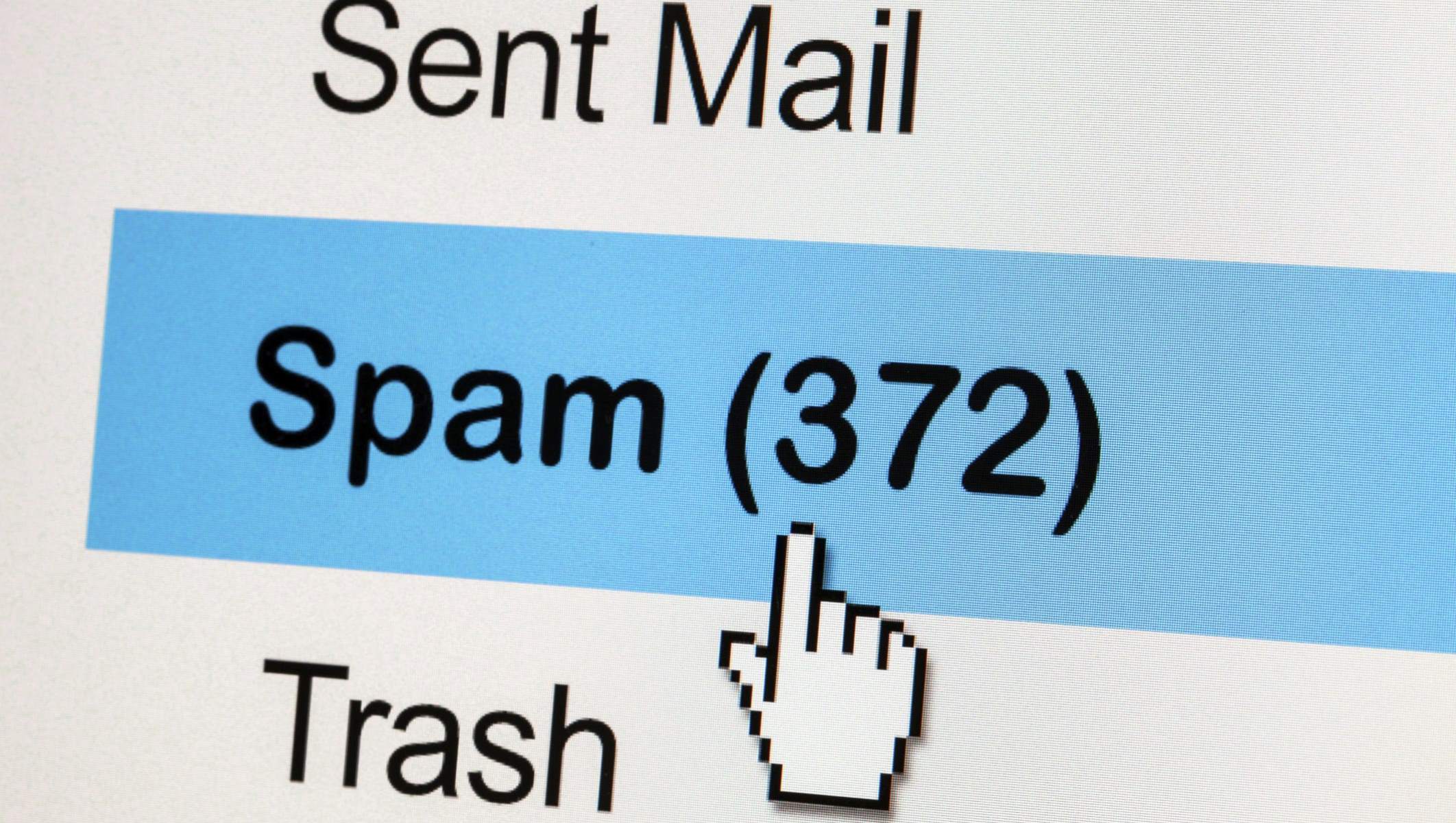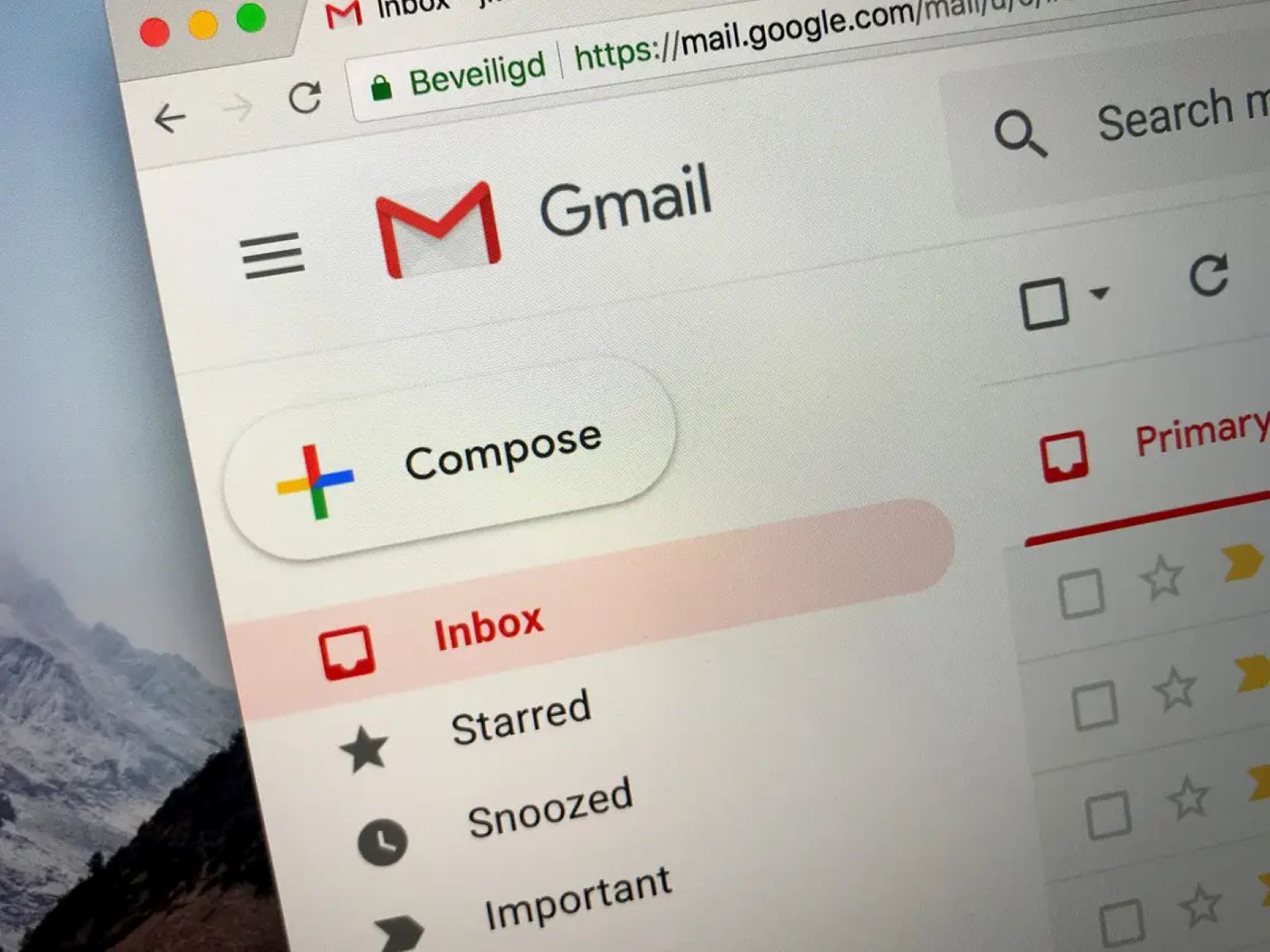Why are your emails going to spam folder?
It can be frustrating when your carefully crafted emails end up being flagged as spam and never reach your recipients’ inboxes. Understanding why this happens is crucial in order to prevent it from occurring. Here are some common reasons why your emails may be going to the spam folder:
- Poor email reputation: If you have a history of sending spammy or irrelevant emails, email providers may have flagged your domain or IP address. This can result in your emails being filtered into the spam folder.
- Incorrect email authentication: Email authentication protocols, such as SPF (Sender Policy Framework) and DKIM (DomainKeys Identified Mail), help verify that your emails are coming from a trusted source. Failing to configure these correctly can lead to your emails being marked as suspicious.
- Spam trigger words and phrases: Using certain words or phrases (such as “free,” “urgent,” or “limited time offer”) commonly associated with spam can trigger spam filters and cause your emails to be flagged.
- Poor email formatting: Emails with sloppy HTML coding, broken links, or excessive use of capital letters and special characters can raise red flags for spam filters.
- Lack of personalization: Generic and impersonal emails are more likely to be marked as spam. Personalizing your emails with the recipient’s name or other relevant details can help improve deliverability.
- Low engagement rates: If your subscribers rarely open or interact with your emails, it can signal to email providers that your content is not valuable. This can increase the chances of your emails going to spam.
By understanding these potential reasons, you can take proactive steps to prevent your emails from landing in the spam folder.
10 Ways to Prevent Emails from Going to Spam
Ensuring that your emails reach your recipients’ inboxes instead of their spam folders is vital for effective communication. Here are ten effective strategies to prevent your emails from being marked as spam:
- Use a reputable email service provider: Choose a trusted email service provider that actively works to maintain a good sender reputation and has strong deliverability rates.
- Avoid spam trigger words and phrases: Be cautious with your language and avoid using words and phrases that commonly trigger spam filters. Instead, focus on creating engaging and valuable content.
- Personalize your emails: Tailor your emails to each recipient by using their name and crafting personalized content. This helps establish a connection and reduces the likelihood of being marked as spam.
- Use a consistent “From” name and email address: Use a recognizable and consistent “From” name and email address to ensure that your subscribers can easily identify your emails as legitimate.
- Authenticate your domain: Implement email authentication protocols, such as SPF, DKIM, and DMARC, to verify the authenticity of your emails and improve deliverability.
- Segment your email list: Divide your email list into smaller segments based on demographics, interests, or engagement levels. This enables you to send more targeted and relevant content to each segment, which reduces the risk of being marked as spam.
- Optimize your email content: Ensure that your email content is well-formatted, includes a clear call-to-action, and provides value to the recipients. Avoid excessive use of formatting, as it can trigger spam filters.
- Avoid using excessive links or attachments: Limit the number of links and attachments in your emails, as excessive use can raise concerns for spam filters. Additionally, ensure that all links are legitimate and not associated with spammy websites.
- Maintain a healthy sender reputation: Regularly monitor your email metrics, such as open rates, click-through rates, and spam complaints. Engage with your subscribers and consistently deliver high-quality content to build a positive sender reputation.
- Test your emails before sending: Before sending out your emails to your entire list, send test emails to different email providers and check if they are being flagged as spam. This allows you to make any necessary adjustments before reaching your subscribers’ inboxes.
By implementing these strategies, you can significantly reduce the chances of your emails ending up in the spam folder and ensure that your messages reach your intended audience effectively.
Use a Reputable Email Service Provider
Choosing the right email service provider (ESP) is crucial in ensuring that your emails are delivered successfully and avoid ending up in the spam folder. Here are some key considerations when selecting a reputable ESP:
- Deliverability: Look for an ESP with a high deliverability rate. They should have strong relationships with major email providers and actively monitor and maintain their deliverability reputation.
- Sender reputation: A reputable ESP will have established relationships with ISPs and maintain a positive sender reputation. This reduces the chances of your emails being flagged as spam.
- Authentication standards: Ensure that your chosen ESP supports email authentication protocols like SPF, DKIM, and DMARC. These protocols verify the authenticity of your emails and improve deliverability.
- List management: An ESP should provide robust list management features, allowing you to segment your subscribers and target your emails to specific audiences. This helps improve engagement and reduces the risk of being marked as spam.
- Reporting and analytics: Look for an ESP that offers comprehensive reporting and analytics tools. These insights will help you monitor your email performance, identify any deliverability issues, and make data-driven improvements.
- Compliance with anti-spam regulations: Ensure that your chosen ESP complies with anti-spam regulations, such as CAN-SPAM Act and GDPR. This guarantees that your emails are sent in accordance with legal requirements.
- Customer support: A reputable ESP should provide excellent customer support to address any technical issues or concerns promptly. Look for providers with responsive support channels, such as live chat or phone support.
By using a reputable email service provider that prioritizes deliverability, maintains a good sender reputation, and offers essential features, you can significantly increase the chances of your emails landing in the inbox rather than the spam folder.
Avoid Spam Trigger Words and Phrases
The language and content of your emails play a significant role in whether they get flagged as spam. By avoiding spam trigger words and phrases, you can increase the deliverability of your emails. Here are some guidelines to follow:
- Avoid excessive use of promotional words: Words like “free,” “limited time,” “discount,” or “exclusive offer” often trigger spam filters. Use them sparingly and try to provide value without relying heavily on promotional language.
- Avoid misleading subject lines: Subject lines that promise something unrelated to the email’s content or use attention-grabbing tactics can lead to your emails being marked as spam. Be clear and honest about the email’s purpose.
- Don’t use excessive exclamation points or capitalization: Overusing exclamation points or capitalizing whole sentences can make your email appear desperate or spammy. Use them sparingly and appropriately.
- Steer clear of “too good to be true” claims: Making exaggerated promises or guarantees, especially related to financial gains or weight loss, can trigger spam filters. Be realistic and avoid making claims that are unlikely to be true.
- Avoid deceptive language: Using misleading or deceptive language in your email can not only trigger spam filters but also erode trust with your recipients. Be transparent and straightforward in your communication.
- Be cautious with urgency: Urgency can be an effective marketing tactic, but using phrases like “Act now!” or “Limited time offer!” excessively can flag your emails as spam. Use urgency sparingly and genuinely.
- Avoid excessive use of hyperbolic language: Words like “amazing,” “incredible,” or “revolutionary” may sound impressive but can raise red flags for spam filters. Use them sparingly and provide evidence or context where necessary.
By being mindful of the words and phrases you use in your email content, subject lines, and calls-to-action, you can reduce the likelihood of triggering spam filters and increase the chances of your emails reaching your recipients’ inboxes.
Personalize Your Emails
Personalizing your emails is a powerful strategy to engage with your recipients and increase the likelihood of your emails being read and responded to. Here are some tips to effectively personalize your emails:
- Use the recipient’s name: Addressing your recipients by their first name creates a personal connection and shows that you value them as individuals. Most email marketing platforms allow you to easily merge personalization tags for adding names dynamically.
- Segment your email list: Divide your subscribers into different segments based on demographics, interests, or engagement levels. This allows you to send targeted content that resonates with each segment and increases the chances of engagement.
- Reference past interactions: Mention previous purchases, recent downloads, or interactions with your brand to demonstrate that you know your recipients’ preferences and are paying attention to their actions.
- Customize recommendations or offers: Utilize data about your recipients’ past purchases or browsing behavior to provide personalized recommendations or exclusive offers tailored to their interests or preferences.
- Create dynamic content: Implement dynamic content blocks within your emails to display different content based on specific criteria, such as location or past engagement. This way, each recipient receives content that is relevant to them.
- Include personal anecdotes or stories: Share personal stories or experiences related to your brand or product. This helps create a human connection and makes your emails more relatable and engaging.
- Ask for feedback or opinions: Encourage your recipients to share their thoughts or opinions on specific topics or ask for feedback on their experiences with your brand. This shows that you value their input and creates a sense of involvement.
By personalizing your emails, you can make your recipients feel valued, increase the relevance of your content, and ultimately improve your email engagement rates. Personalization helps to differentiate your emails from generic promotional messages and reduces the chances of them being marked as spam.
Use a Consistent “From” Name and Email Address
Consistency in your email “From” name and email address not only helps recipients recognize your emails but also establishes trust and credibility. Here’s why it is important and how you can ensure consistency:
- Recognition and trust: When recipients consistently see the same “From” name and email address in their inbox, they become familiar with your brand or organization. This recognition builds trust and increases the likelihood of your emails being opened and engaged with.
- Avoid confusion: Using different variations of your “From” name or email address can confuse recipients and make them question the authenticity of your emails. Consistency eliminates this confusion and ensures a seamless experience.
- Stay on-brand: Consistency in your “From” name and email address aligns with your overall branding strategy. It reinforces your brand identity and helps recipients associate your emails with your organization.
- Establish sender reputation: Utilizing a consistent “From” name and email address helps build a positive sender reputation. ISPs and email service providers recognize consistent senders, which can improve deliverability rates and reduce the chances of getting marked as spam.
To ensure consistency in your “From” name and email address:
- Choose a recognizable name: Select a name that is easily identifiable and relevant to your brand. Ideally, it should be your brand name, a variation of your brand name, or a recognizable individual associated with your brand (e.g., the CEO’s name).
- Use a professional email address: Your email address should align with your brand and be consistent across all communication channels. Avoid using generic free email providers and opt for a custom domain email address.
- Communicate changes in advance: If you need to make a change to your “From” name or email address, inform your subscribers in advance. Send a notification email explaining the change and the reasons behind it to avoid confusion and maintain transparency.
By using a consistent “From” name and email address, you establish familiarity, build trust, and improve the chances of your emails being recognized and engaged with by your recipients.
Authenticate Your Domain
Authenticating your domain is an essential step in establishing trust with email providers and improving email deliverability. By verifying the authenticity of your emails, you reduce the chances of them being flagged as spam. Here are some methods to authenticate your domain:
- Sender Policy Framework (SPF): SPF records specify the authorized IP addresses or servers that are allowed to send emails on behalf of your domain. By publishing an SPF record in your DNS settings, you help email providers verify the legitimacy of your emails.
- DomainKeys Identified Mail (DKIM): DKIM adds a digital signature to your emails, allowing the recipient’s email server to verify that the message is truly from your domain and hasn’t been altered in transit. It involves generating a unique cryptographic key pair and adding the public key in your DNS records.
- Domain-based Message Authentication, Reporting & Conformance (DMARC): DMARC policy settings build on SPF and DKIM to further enhance email authentication. It allows you to specify how your domain handles emails that do not pass authentication and provides reporting on email deliverability and authentication results.
To authenticate your domain effectively:
- Implement all three authentication protocols: It is recommended to have SPF, DKIM, and DMARC set up for your domain. Implementing all three methods provides multiple layers of authentication and increases the trustworthiness of your emails.
- Check your authentication status: Use online tools or consult with your email service provider to ensure that your authentication records are correctly configured. These tools can verify if your SPF, DKIM, and DMARC records are published correctly and are functioning as expected.
- Monitor authentication reports: Regularly review the email authentication reports provided by DMARC. These reports can give you insights into the authentication status of your emails and help identify any unauthorized sending sources or potential spoofing attempts.
- Keep authentication records up to date: If you make changes to your email infrastructure, such as switching ESPs or updating your sending servers, ensure that your SPF, DKIM, and DMARC records are updated accordingly to maintain consistent authentication.
By authenticating your domain through SPF, DKIM, and DMARC, you establish the legitimacy of your emails and improve deliverability by instilling confidence in email providers that your messages are not spoofed or malicious.
Segment Your Email List
Segmenting your email list involves dividing your subscribers into smaller groups based on specific criteria, such as demographics, interests, or engagement levels. By segmenting your list, you can send more targeted and relevant content, resulting in higher engagement and lower chances of your emails being marked as spam. Here’s why and how to effectively segment your email list:
- Increased relevance: Sending personalized and relevant content to your subscribers is key to maintaining their interest and engagement. By segmenting your list, you can tailor your emails to specific groups, making your content more meaningful to each segment.
- Better open and click-through rates: When your emails are personalized and relevant, they are more likely to be opened, read, and clicked on. Segmenting your list helps you deliver content that resonates with each group, boosting your email performance metrics.
- Decreased spam complaints: By sending targeted content to the right audience, you reduce the chances of recipients flagging your emails as spam. When your emails are perceived as valuable and tailored to their needs, subscribers are less likely to mark them as unwanted or irrelevant.
- Improved deliverability rates: Email providers take note of engagement metrics, such as open and click rates, when filtering messages. When your emails consistently receive positive engagement from segmented lists, it signals to email providers that your content is valuable and trustworthy, resulting in improved deliverability.
To effectively segment your email list:
- Define your segments: Identify the criteria you will use to segment your list, such as demographics (age, location, gender), interests, purchasing behavior, or engagement levels.
- Collect and analyze data: Gather the necessary data for segmenting your subscribers. This could include signup forms, surveys, website interactions, or purchase history. Utilize analytics tools to gain insights into your subscribers’ behavior and preferences.
- Create targeted content: Develop content that caters to the specific needs and interests of each segment. This could include personalized product recommendations, relevant blog articles, or exclusive offers.
- Automate your campaigns: Leverage email marketing automation tools to streamline your segmented campaigns. Set up workflows and triggers that deliver the appropriate content to each segment, based on their specific actions or characteristics.
- Regularly refine and update your segments: As your subscriber base evolves, revisit and refine your segments to ensure they remain relevant. Continuously collect feedback and analyze your email performance to identify new segmentation opportunities.
By segmenting your email list and delivering targeted content to each group, you can significantly improve engagement, reduce spam complaints, and ultimately increase the effectiveness and deliverability of your email campaigns.
Optimize Your Email Content
Optimizing your email content is crucial for ensuring that your messages are engaging, visually pleasing, and deliver value to your recipients. By following best practices and making strategic choices, you can enhance the effectiveness of your emails and reduce the likelihood of them being marked as spam. Here are some key areas to focus on when optimizing your email content:
- Subject lines: Craft compelling subject lines that are concise, attention-grabbing, and accurately reflect the content of your email. Avoid using misleading or clickbait subject lines as they can lead to unsubscribes or spam complaints.
- Preheader text: Utilize the preheader text, the snippet of text visible in the email preview, to provide additional context and entice recipients to open your email. Keep it concise and complementary to your subject line.
- Email design: Create visually appealing emails that are consistent with your brand identity. Use a clear and uncluttered layout, high-quality images, and a responsive design that renders well on different devices and screen sizes.
- Compelling copy: Write concise and engaging copy that grabs the reader’s attention from the start. Clearly communicate your message, use clear and persuasive language, and include a clear call-to-action that guides recipients towards the desired action.
- Personalization: Incorporate personalized elements, such as the recipient’s name or past purchase history, to create a personalized experience. Personalization shows that you value your recipients as individuals and increases the relevance of your content.
- Mobile optimization: With a significant portion of emails being read on mobile devices, ensure your emails are optimized for mobile. Use a responsive design, optimize image sizes for faster loading, and use a legible font size.
- Avoid excessive use of formatting: Overusing formatting elements like bold, italics, or excessive font colors can make your email look unprofessional and spammy. Use formatting sparingly and strategically to emphasize important points.
Additionally, regularly evaluate and test your email content to understand what works best for your audience. Analyze metrics such as open rates, click-through rates, and conversions to identify areas for improvement and make data-driven decisions for optimizing your email content.
By optimizing your email content, you enhance the user experience, increase engagement, and reduce the likelihood of your emails being marked as spam.
Avoid Using Excessive Links or Attachments
When crafting your emails, it’s important to strike a balance between providing useful information and avoiding practices that might raise red flags for spam filters. One such practice is including excessive links or attachments in your emails. Here’s why you should be cautious and how to approach this:
- Spam filter sensitivity: Excessive links or attachments in your emails can trigger spam filters, as they are commonly associated with spammy or malicious content. Spam filters are designed to protect recipients from potential threats, and a high volume of links or attachments can raise suspicions.
- User experience: Numerous links or attachments can overwhelm recipients and make your emails appear cluttered. This can negatively impact the user experience and make it less likely for recipients to engage with your content or take the desired action.
- Deliverability: Emails with a large number of links or attachments are more likely to be flagged as spam, resulting in lower deliverability rates. High bounce rates and spam complaints can harm your sender reputation, affecting the overall deliverability of your emails.
To avoid using excessive links or attachments in your emails:
- Focus on quality over quantity: Rather than including multiple links or attachments that might overwhelm recipients, concentrate on providing valuable and relevant content. Keep your message concise and direct, guiding recipients to your website or landing pages strategically.
- Use embedded links or buttons: Instead of displaying raw URLs, consider embedding links behind text or using prominent buttons to enhance the visual appeal of your emails. This approach reduces clutter and makes your emails more concise.
- Host large files externally: Sending large attachments directly via email can trigger size limitations or cause delivery issues. Instead, upload large files to cloud storage services and include links to access them, ensuring a seamless user experience.
- Balance text and images: While visual elements can enhance engagement, avoid relying solely on images. Use a good balance of text and images to provide information to recipients even if images are blocked or don’t load properly.
- Provide clear context for links: When including links, provide clear and concise context to inform recipients about the destination and purpose of the link. This builds trust as recipients understand where they will be redirected and why it is relevant to them.
By avoiding the excessive use of links or attachments in your emails, you can enhance deliverability, improve the user experience, and decrease the likelihood of your emails being flagged as spam.
Maintain a Healthy Sender Reputation
Your sender reputation plays a critical role in determining whether your emails reach recipients’ inboxes or end up in the dreaded spam folder. Building and maintaining a healthy sender reputation is crucial for successful email deliverability. Here are some key factors to consider:
- Email engagement: High engagement rates, such as opens, clicks, and replies, signal to email providers that your emails are valued by recipients. This positive engagement strengthens your sender reputation and increases the likelihood of your emails reaching the inbox.
- Email complaints and bounces: Excessive email complaints, marked as spam by recipients, and high bounce rates can negatively impact your sender reputation. Continuously monitoring and managing your email list, ensuring it is up to date and includes engaged recipients, helps reduce complaints and bounces.
- Spam traps and blacklists: Sending emails to spam traps, inactive addresses, or getting listed on email blacklists can harm your sender reputation. Regularly maintain and clean your email list to ensure it only contains active and engaged subscribers.
- Authentication and deliverability: Utilize email authentication methods like SPF, DKIM, and DMARC to prove the legitimacy of your emails and build trust with email providers. Consistently monitoring your email deliverability metrics and identifying and resolving any deliverability issues promptly ensures a positive reputation.
- Email sending practices: Sending emails at a consistent volume and frequency helps establish yourself as a trusted sender. Sudden spikes or irregularities in your email sending patterns can raise suspicions and impact your reputation negatively.
To maintain a healthy sender reputation:
- Monitor and analyze email metrics: Regularly review email engagement rates, complaints, bounces, and other deliverability metrics. Identify areas for improvement and take appropriate actions to address any issues affecting your reputation.
- Implement proper list management practices: Regularly clean and update your email list, removing inactive or unengaged subscribers. Segment your list to send targeted content and ensure that your emails are relevant to the recipients.
- Respond to feedback and complaints: Promptly address any feedback or complaints received from your subscribers. Take necessary actions to resolve their concerns and prevent future issues.
- Monitor blacklists and spam traps: Regularly check email blacklists to ensure that your domain or IP address hasn’t been listed. Use reputable tools to scan and identify potential spam traps in your email list.
- Maintain a positive email sending reputation: Stick to best practices by consistently providing valuable content, adhering to email authentication protocols, and following email sending guidelines set by ISPs and email service providers.
By actively maintaining a healthy sender reputation, you improve your email deliverability, increase the chances of your emails reaching the inbox, and minimize the risk of being flagged as spam.
Test Your Emails Before Sending
Testing your emails before sending them to your entire email list is a crucial step to ensure that your messages are error-free, visually appealing, and optimized for optimal deliverability. By conducting thorough testing, you can spot and fix any issues that could affect the success of your email campaigns. Here’s why and how you should test your emails:
- Error identification: Testing allows you to catch and fix any errors, such as broken links, missing images, or formatting issues, before sending your emails to your subscribers. This ensures a seamless user experience and helps maintain your professional reputation.
- Rendering across devices and email clients: Different email clients and devices can display emails differently. By testing your emails across various platforms, email clients, and devices, you can ensure that your emails appear as intended and are optimized for all recipients.
- Email deliverability: Testing can help identify any issues that may affect email deliverability, such as email service provider (ESP) restrictions or content that may trigger spam filters. By addressing these issues, you increase the chances of your emails reaching your subscribers’ inboxes.
- A/B testing: A/B testing allows you to compare different elements of your emails, such as subject lines, sender names, or content variations, to determine which versions perform better. This helps you optimize your emails for higher open and click-through rates.
To effectively test your emails before sending:
- Proofread and review: Carefully review your email content for any spelling or grammatical errors. Ensure that all links and images are correct and formatted properly.
- Check rendering: Test your emails across different email clients, browsers, and devices to ensure consistent rendering and functionality. Pay attention to images, fonts, and email formatting.
- Send test emails: Use the test email function in your email marketing platform to send sample emails to yourself and team members. Check each element to ensure proper rendering, functioning links, and correct personalization.
- Use email testing tools: Consider using email testing tools that provide comprehensive previews and diagnostics for various email clients. These tools can identify and highlight any potential issues or areas of improvement.
- Perform A/B testing: For important campaigns, conduct A/B testing to compare different email elements and use the results to optimize your emails for better performance before sending to your entire list.
By thoroughly testing your emails before sending, you can ensure that your messages are error-free, visually appealing, and optimized for optimal deliverability across different devices and email clients, ultimately improving the overall success of your email campaigns.
Conclusion
Effectively preventing your emails from going to the spam folder requires a combination of strategic approaches and best practices. By implementing the following strategies, you can enhance the deliverability of your emails and improve engagement with your target audience:
- Use a reputable email service provider that prioritizes deliverability.
- Avoid spam trigger words and phrases in your email content.
- Personalize your emails to create a connection with your recipients.
- Use a consistent “From” name and email address to establish trust and recognition.
- Authenticate your domain through SPF, DKIM, and DMARC to improve deliverability and verify the legitimacy of your emails.
- Segment your email list based on specific criteria to send targeted, relevant content.
- Optimize your email content by crafting compelling subject lines, engaging copy, and visually appealing designs.
- Avoid excessive use of links or attachments that can trigger spam filters or clutter your emails.
- Maintain a healthy sender reputation through high engagement, minimal complaints, and regular list maintenance.
- Test your emails thoroughly before sending to catch any errors and ensure optimal rendering and deliverability.
Remember that continually monitoring and adjusting your strategies based on engagement metrics and feedback is vital for ongoing success. By applying these techniques and staying proactive, you can increase the chances of your emails reaching your subscribers’ inboxes and achieving your desired communication goals.







